-
 bitcoin
bitcoin $122288.232522 USD
0.16% -
 ethereum
ethereum $4480.662914 USD
-0.22% -
 xrp
xrp $2.962747 USD
-2.32% -
 tether
tether $1.000120 USD
-0.05% -
 bnb
bnb $1145.654223 USD
-2.07% -
 solana
solana $227.105217 USD
-1.67% -
 usd-coin
usd-coin $0.999548 USD
-0.02% -
 dogecoin
dogecoin $0.250875 USD
-2.04% -
 tron
tron $0.340654 USD
-0.49% -
 cardano
cardano $0.837968 USD
-2.52% -
 hyperliquid
hyperliquid $48.960449 USD
0.06% -
 chainlink
chainlink $22.049280 USD
-1.33% -
 ethena-usde
ethena-usde $1.000404 USD
0.02% -
 sui
sui $3.586212 USD
0.20% -
 avalanche
avalanche $29.894916 USD
-4.18%
Can I delete an NFT?
You cannot delete an NFT from the blockchain, but you can burn it, unlist it, or transfer it to a cold wallet to remove it from circulation.
Jul 27, 2025 at 04:36 pm
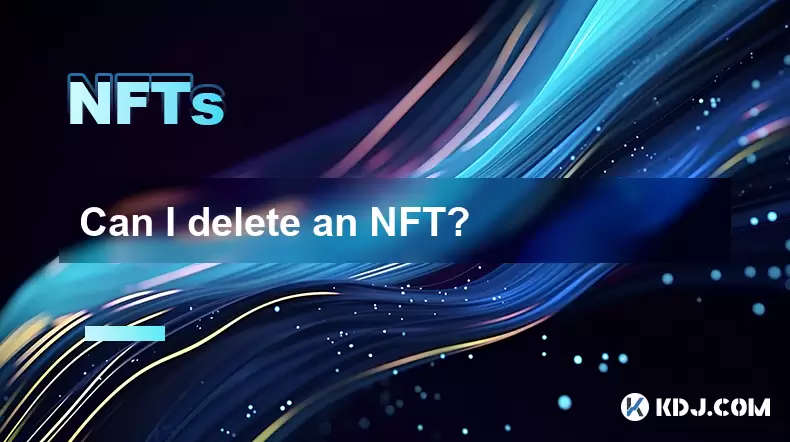
Understanding NFTs and Blockchain Immutability
Non-Fungible Tokens (NFTs) are digital assets that represent ownership of a unique item or piece of content, such as artwork, music, or virtual real estate. These tokens are stored on a blockchain, typically Ethereum, though other blockchains like Solana and Binance Smart Chain also support NFTs. One of the core features of blockchain technology is its immutability, meaning that once data is recorded on the blockchain, it cannot be altered or deleted. This raises the question: can I delete an NFT?
The short answer is no — you cannot delete an NFT from the blockchain itself. However, there are actions you can take to effectively remove your NFT from circulation or take it offline in a practical sense.
How NFT Ownership Works
Before exploring deletion options, it's important to understand how NFT ownership functions. When you mint or purchase an NFT, you are assigned ownership via a smart contract on the blockchain. This ownership is tied to your wallet address and recorded permanently on the blockchain. While you can transfer or burn the NFT, the original record of its creation and ownership history remains visible to anyone.
This permanence is one reason NFTs are considered valuable — their authenticity and provenance are verifiable and tamper-proof. However, it also means that once an NFT exists on the blockchain, it cannot be erased in the traditional sense.
Options for Removing an NFT from Circulation
Although you cannot delete an NFT from the blockchain, there are several methods to effectively remove it from public access or circulation:
- Burning the NFT: This involves sending the NFT to a non-recoverable wallet address (often referred to as a 'burn address'). Once burned, the NFT becomes inaccessible and cannot be transferred or sold again. This is the closest equivalent to deletion in the NFT world.
- Unlisting from Marketplaces: If you no longer want your NFT to be visible or tradable, you can unlist it from platforms like OpenSea, Rarible, or LooksRare. This doesn’t delete the NFT from the blockchain but removes it from public view.
- Transferring to a Cold Wallet: You can move the NFT to a wallet that is not connected to any marketplace. This effectively takes the NFT offline, making it unavailable for sale or transfer unless you reconnect the wallet.
Each of these options has its own implications and should be considered carefully depending on your goals.
Steps to Burn an NFT
If you decide that burning your NFT is the best course of action, follow these steps:
- Connect your wallet to a marketplace that supports NFT burning (some platforms like OpenSea allow this feature).
- Locate the NFT you want to burn in your wallet and open its details.
- Find the burn option — this may be under advanced settings or a similar menu.
- Confirm the transaction — burning an NFT requires a small gas fee, and the action is irreversible.
- Verify that the NFT has been sent to a burn address using a blockchain explorer like Etherscan.
It's crucial to understand that burning an NFT does not remove its data from the blockchain. It simply renders the token unusable and untransferable.
Considerations Before Deleting or Burning an NFT
Before proceeding with any deletion or burning action, consider the following:
- Ownership Rights: Burning an NFT removes your ownership, but the metadata and transaction history remain on the blockchain.
- Smart Contract Rules: Some NFTs have built-in rules or royalties that persist even after burning.
- Environmental Impact: Burning an NFT requires a blockchain transaction, which consumes energy and contributes to network congestion.
- Legal and Ethical Implications: If the NFT contains copyrighted material or represents a digital collectible, ensure you have the right to remove it from circulation.
Always double-check the implications of burning or unlisting an NFT before proceeding, as these actions are irreversible.
Frequently Asked Questions
Q: Can I delete an NFT if I no longer own it?A: No, only the current owner of the NFT can initiate actions like burning or unlisting. If you transferred ownership, you no longer have control over the NFT.
Q: Does burning an NFT remove its metadata from the blockchain?A: No, burning an NFT does not remove metadata or transaction history from the blockchain. It only makes the token unusable and untransferable.
Q: Is there a way to completely erase an NFT’s data from the internet?A: Not entirely. While burning or removing from marketplaces can limit visibility, blockchain data is public and permanent, and NFT metadata may be stored on decentralized storage systems like IPFS.
Q: Can I delete an NFT from a marketplace without burning it?A: Yes, you can unlist an NFT from platforms like OpenSea or Rarible. This removes it from public view and trading but does not affect the blockchain record.
Disclaimer:info@kdj.com
The information provided is not trading advice. kdj.com does not assume any responsibility for any investments made based on the information provided in this article. Cryptocurrencies are highly volatile and it is highly recommended that you invest with caution after thorough research!
If you believe that the content used on this website infringes your copyright, please contact us immediately (info@kdj.com) and we will delete it promptly.
- BlockDAG, DOGE, HYPE Sponsorship: Crypto Trends Shaping 2025
- 2025-10-01 00:25:13
- Deutsche Börse and Circle: A StableCoin Adoption Powerhouse in Europe
- 2025-10-01 00:25:13
- BlockDAG's Presale Buzz: Is It the Crypto to Watch in October 2025?
- 2025-10-01 00:30:13
- Bitcoin, Crypto, and IQ: When Genius Meets Digital Gold?
- 2025-10-01 00:30:13
- Stablecoins, American Innovation, and Wallet Tokens: The Next Frontier
- 2025-10-01 00:35:12
- NBU, Coins, and Crypto in Ukraine: A New Yorker's Take
- 2025-10-01 00:45:14
Related knowledge
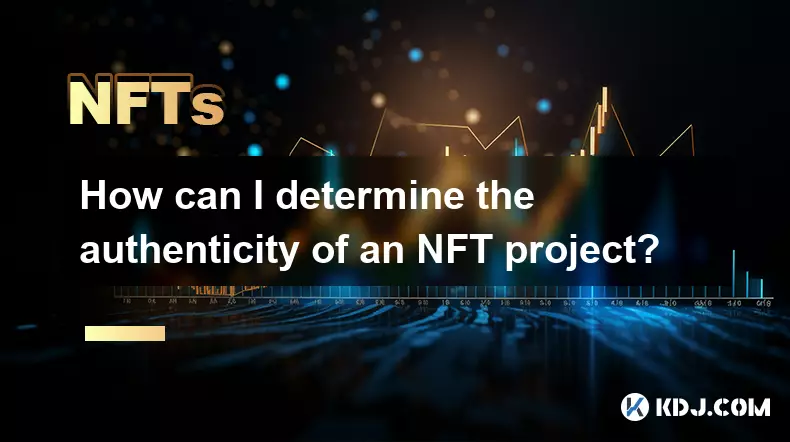
How can I determine the authenticity of an NFT project?
Sep 23,2025 at 05:18pm
Understanding the Project Team and Their Background1. Research the identities of the team members behind the NFT project. Verified social media profil...
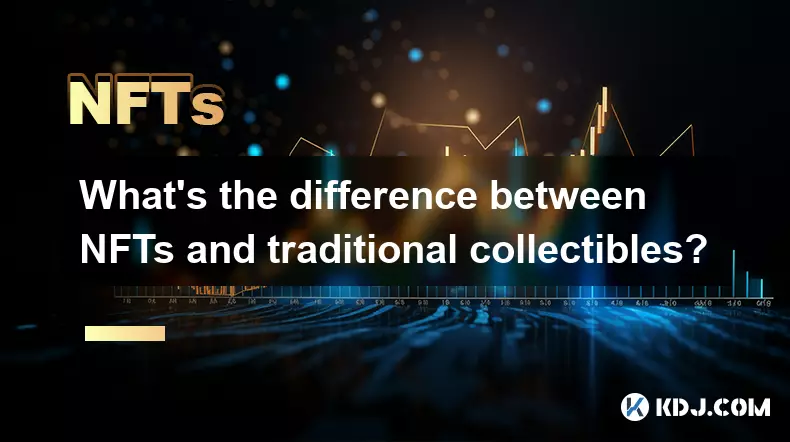
What's the difference between NFTs and traditional collectibles?
Sep 19,2025 at 12:55pm
Digital Ownership and Provenance1. NFTs are built on blockchain technology, which ensures transparent and immutable records of ownership. Every transa...
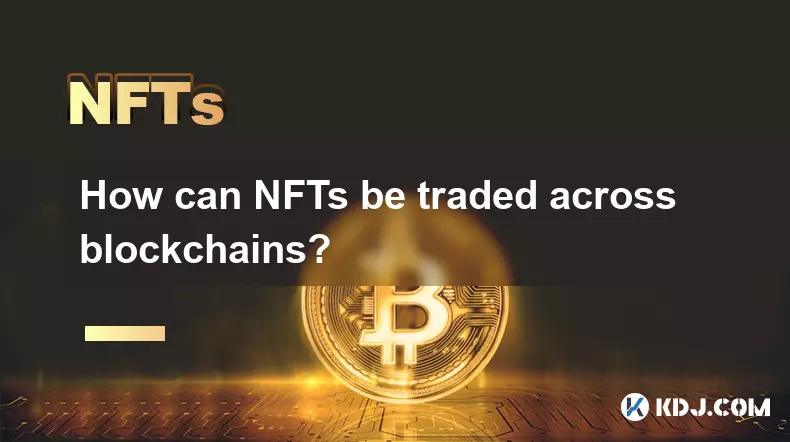
How can NFTs be traded across blockchains?
Sep 19,2025 at 12:00pm
Understanding Cross-Chain NFT Trading1. Non-fungible tokens (NFTs) are digital assets that represent ownership of unique items on a blockchain. Origin...
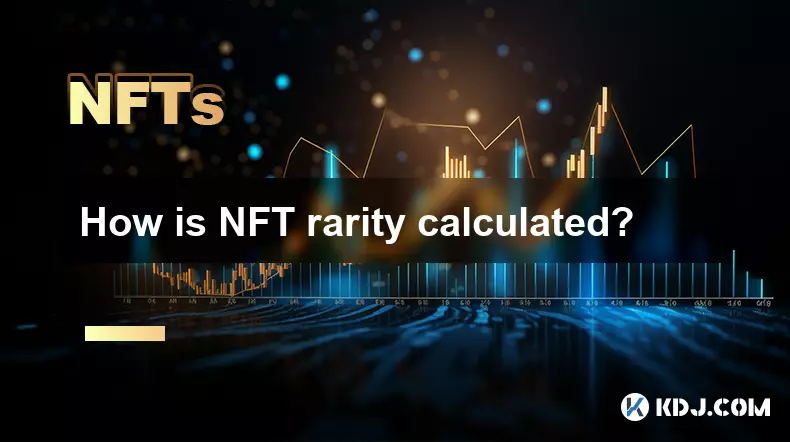
How is NFT rarity calculated?
Sep 18,2025 at 07:54pm
Understanding NFT Rarity Metrics1. NFT rarity is determined by analyzing the uniqueness of individual traits within a collection. Each NFT typically c...
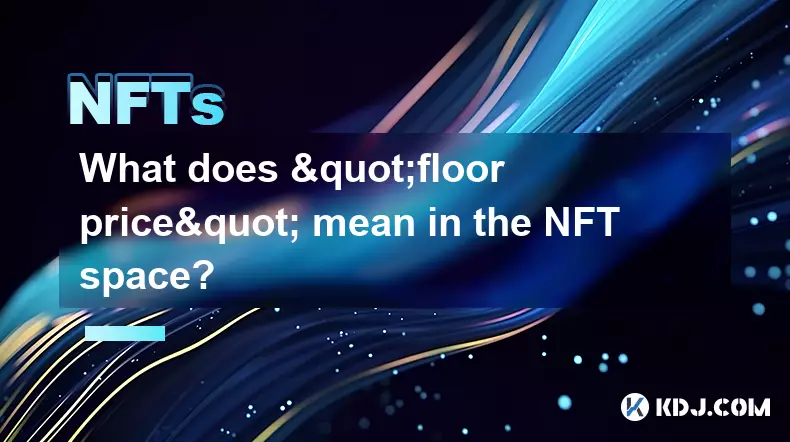
What does "floor price" mean in the NFT space?
Sep 22,2025 at 06:36am
Floor Price: A Core Metric in the NFT Marketplace1. The term floor price refers to the lowest current asking price for any item within a specific NFT ...

How do NFTs help content creators?
Sep 18,2025 at 08:00am
NFTs Empower Creators with Ownership and Monetization1. NFTs provide content creators with verifiable ownership of their digital works, ensuring authe...

How can I determine the authenticity of an NFT project?
Sep 23,2025 at 05:18pm
Understanding the Project Team and Their Background1. Research the identities of the team members behind the NFT project. Verified social media profil...

What's the difference between NFTs and traditional collectibles?
Sep 19,2025 at 12:55pm
Digital Ownership and Provenance1. NFTs are built on blockchain technology, which ensures transparent and immutable records of ownership. Every transa...

How can NFTs be traded across blockchains?
Sep 19,2025 at 12:00pm
Understanding Cross-Chain NFT Trading1. Non-fungible tokens (NFTs) are digital assets that represent ownership of unique items on a blockchain. Origin...

How is NFT rarity calculated?
Sep 18,2025 at 07:54pm
Understanding NFT Rarity Metrics1. NFT rarity is determined by analyzing the uniqueness of individual traits within a collection. Each NFT typically c...

What does "floor price" mean in the NFT space?
Sep 22,2025 at 06:36am
Floor Price: A Core Metric in the NFT Marketplace1. The term floor price refers to the lowest current asking price for any item within a specific NFT ...

How do NFTs help content creators?
Sep 18,2025 at 08:00am
NFTs Empower Creators with Ownership and Monetization1. NFTs provide content creators with verifiable ownership of their digital works, ensuring authe...
See all articles










































































